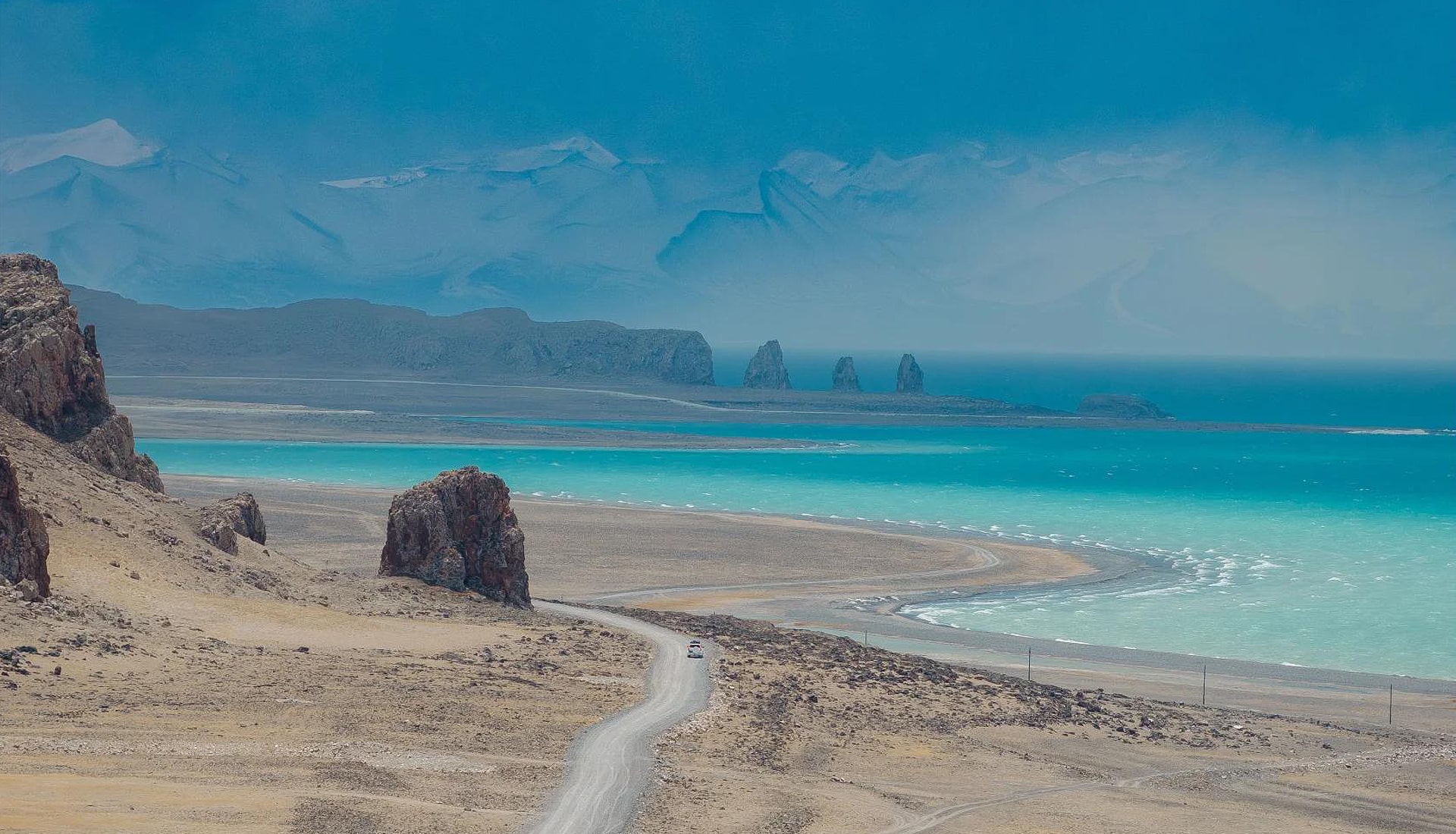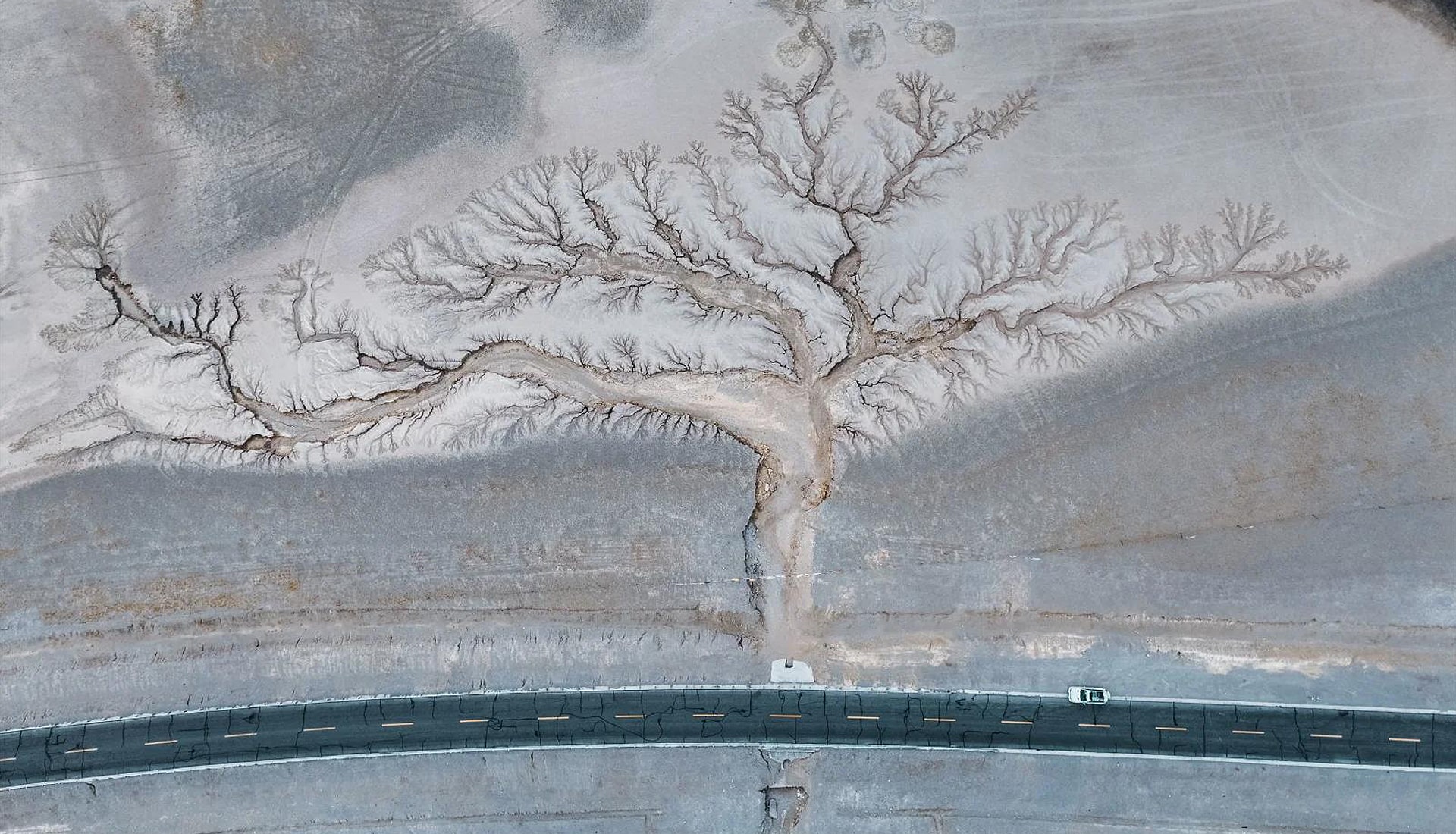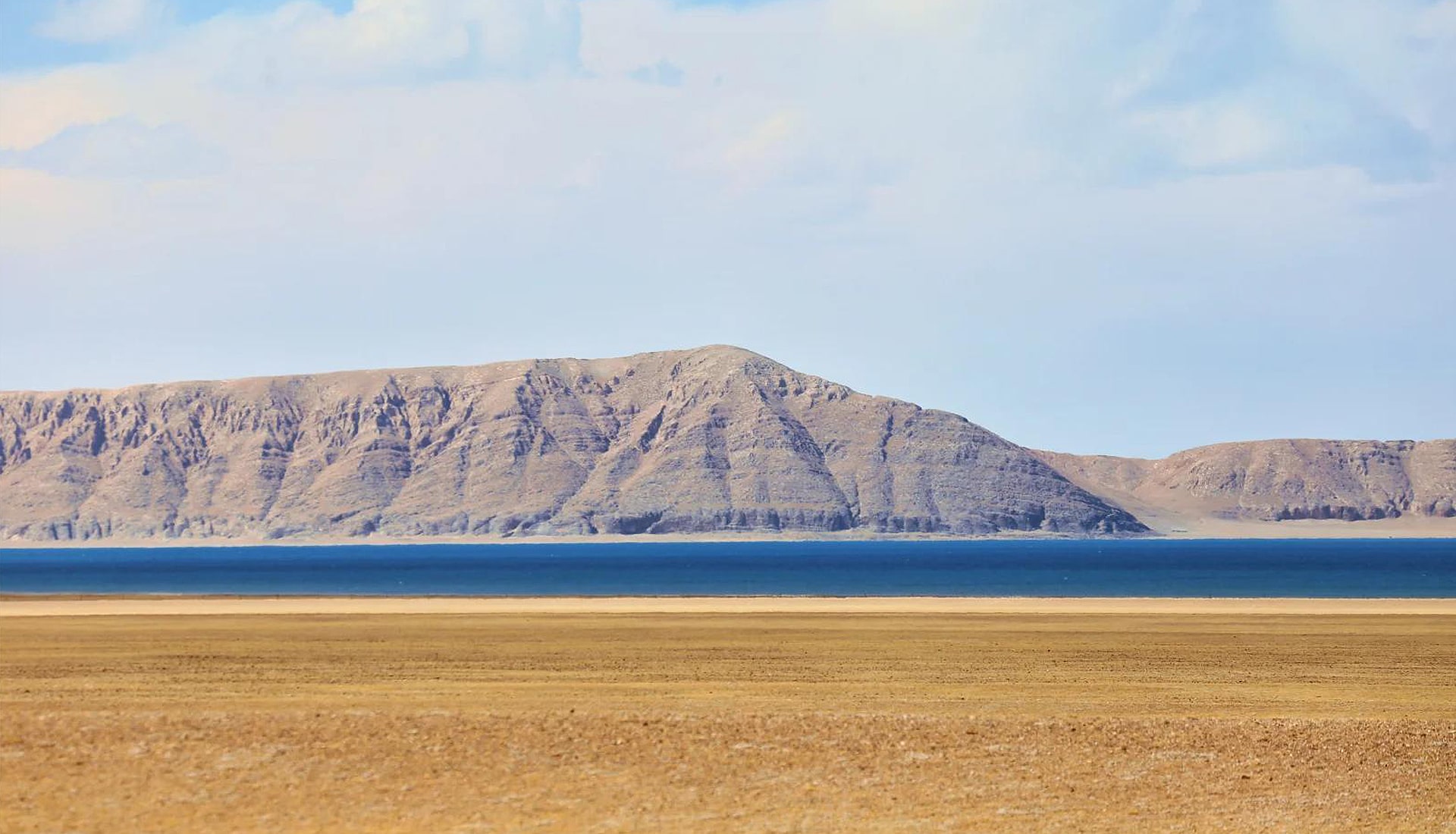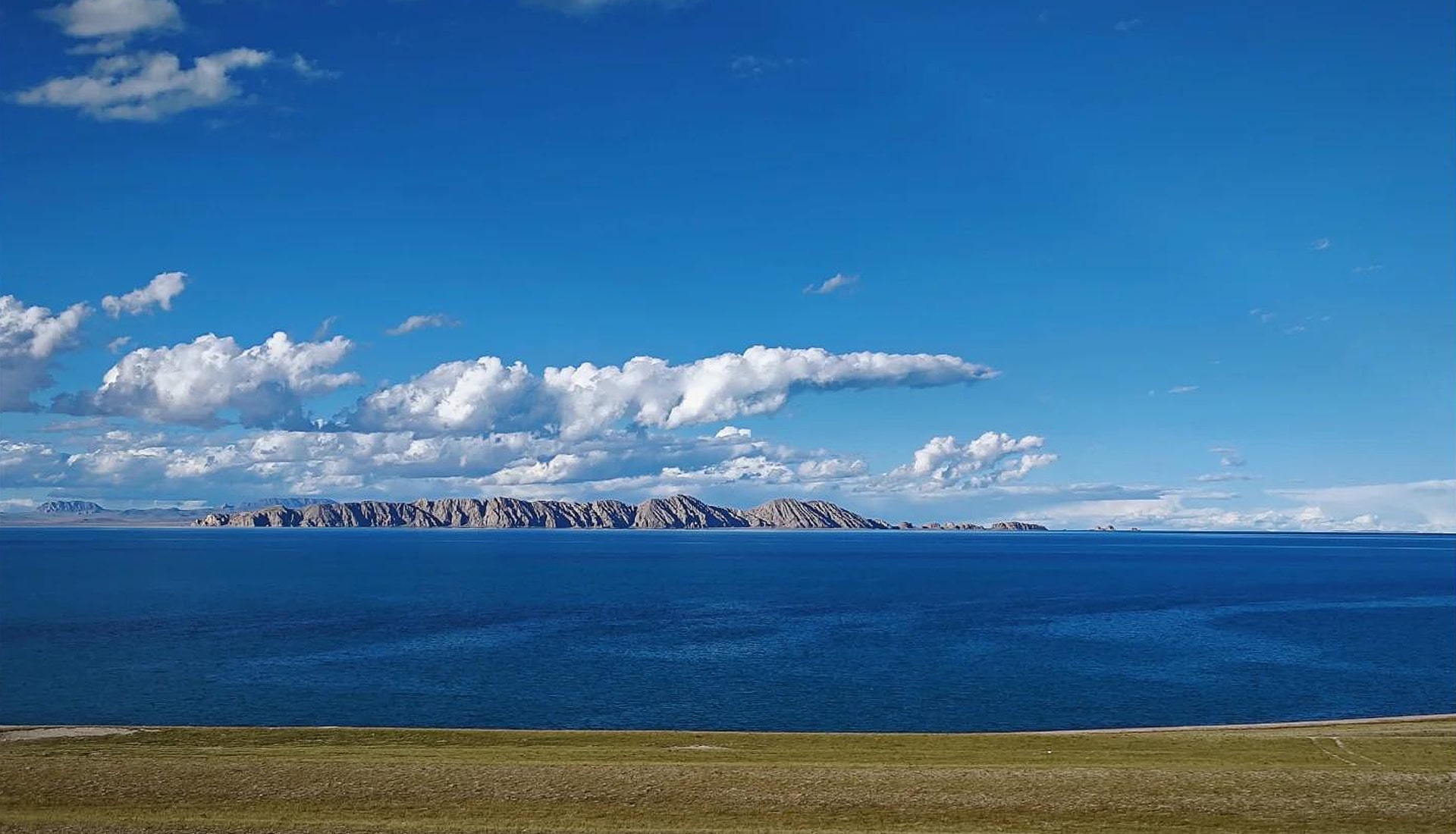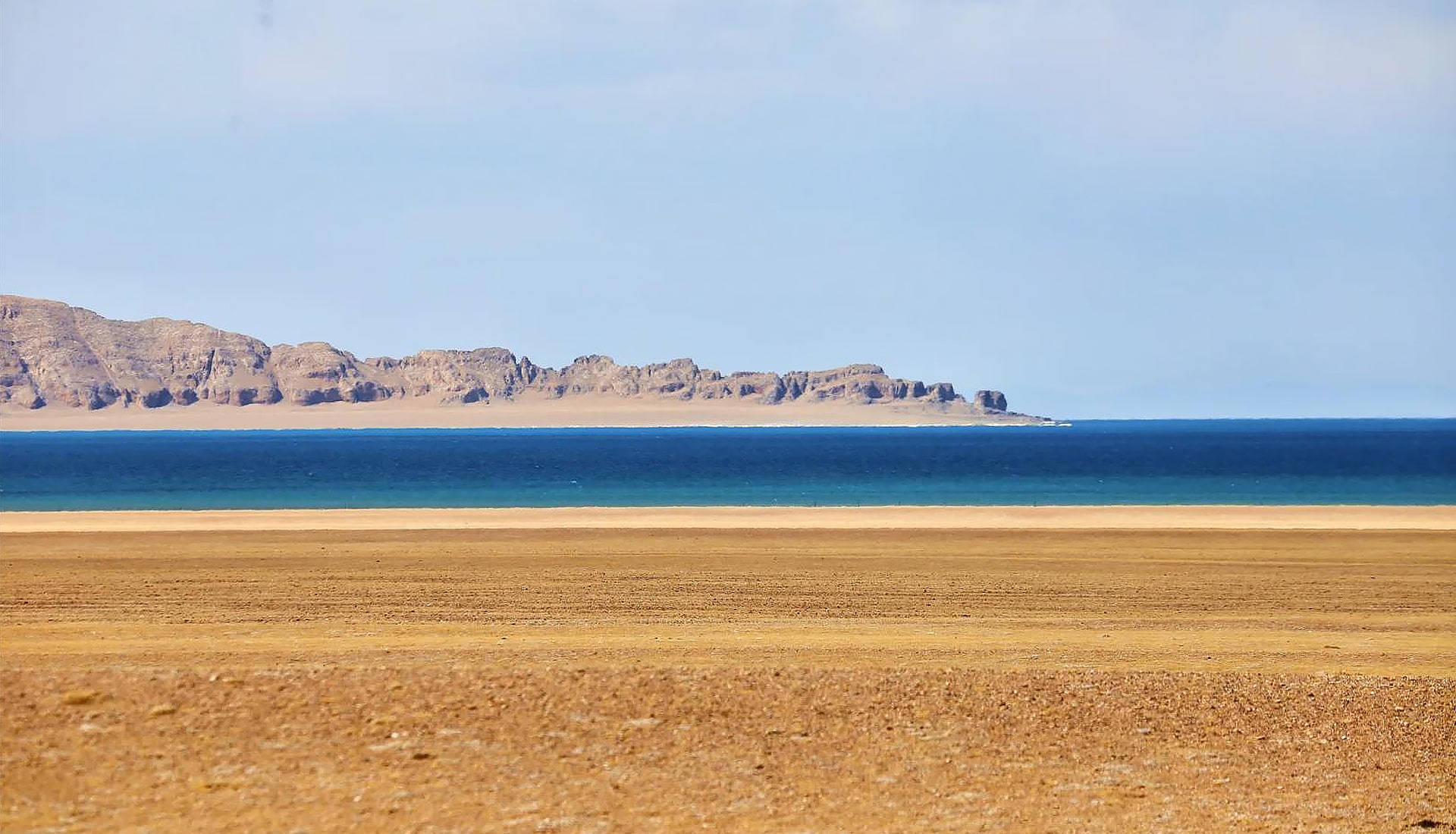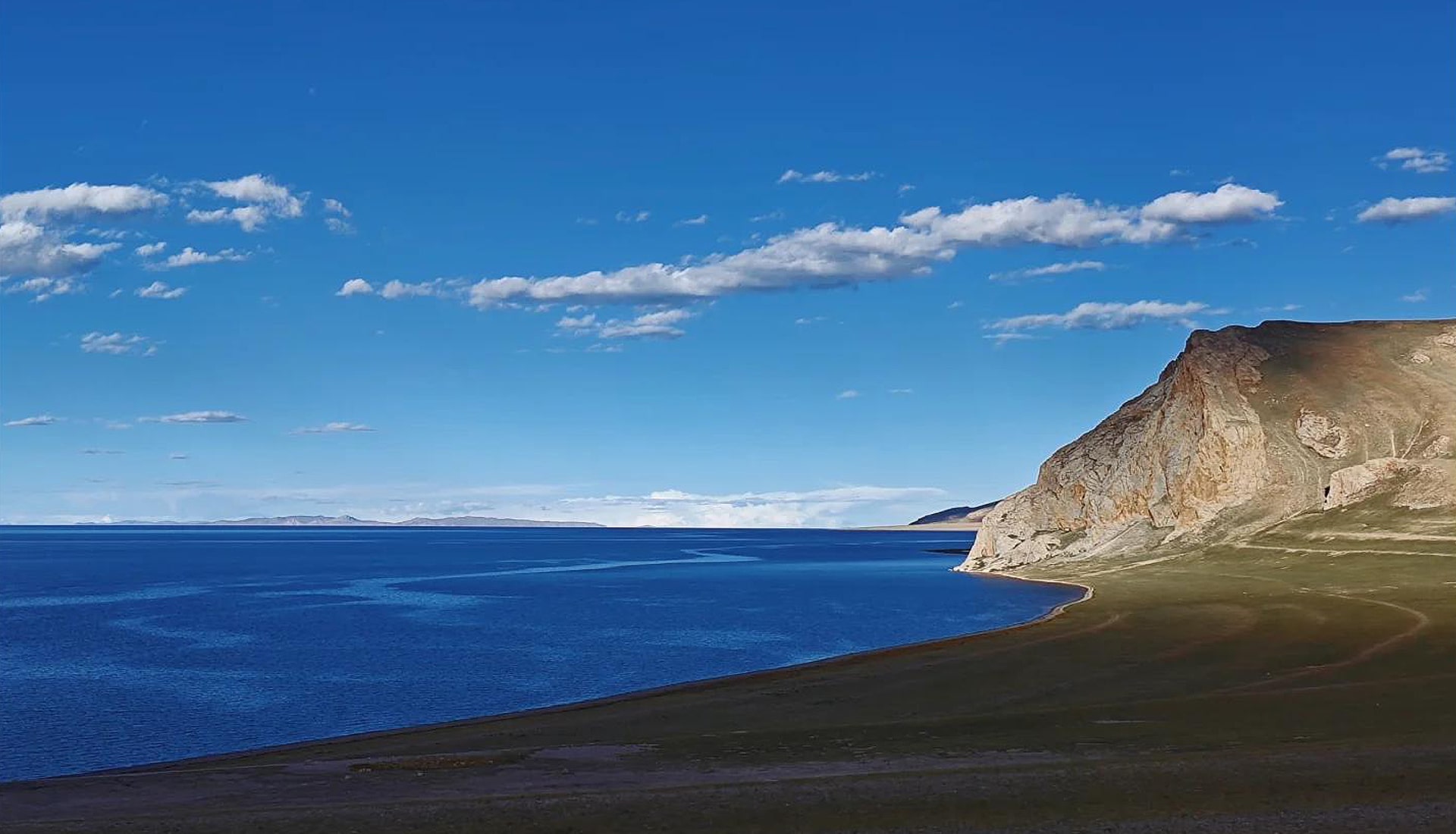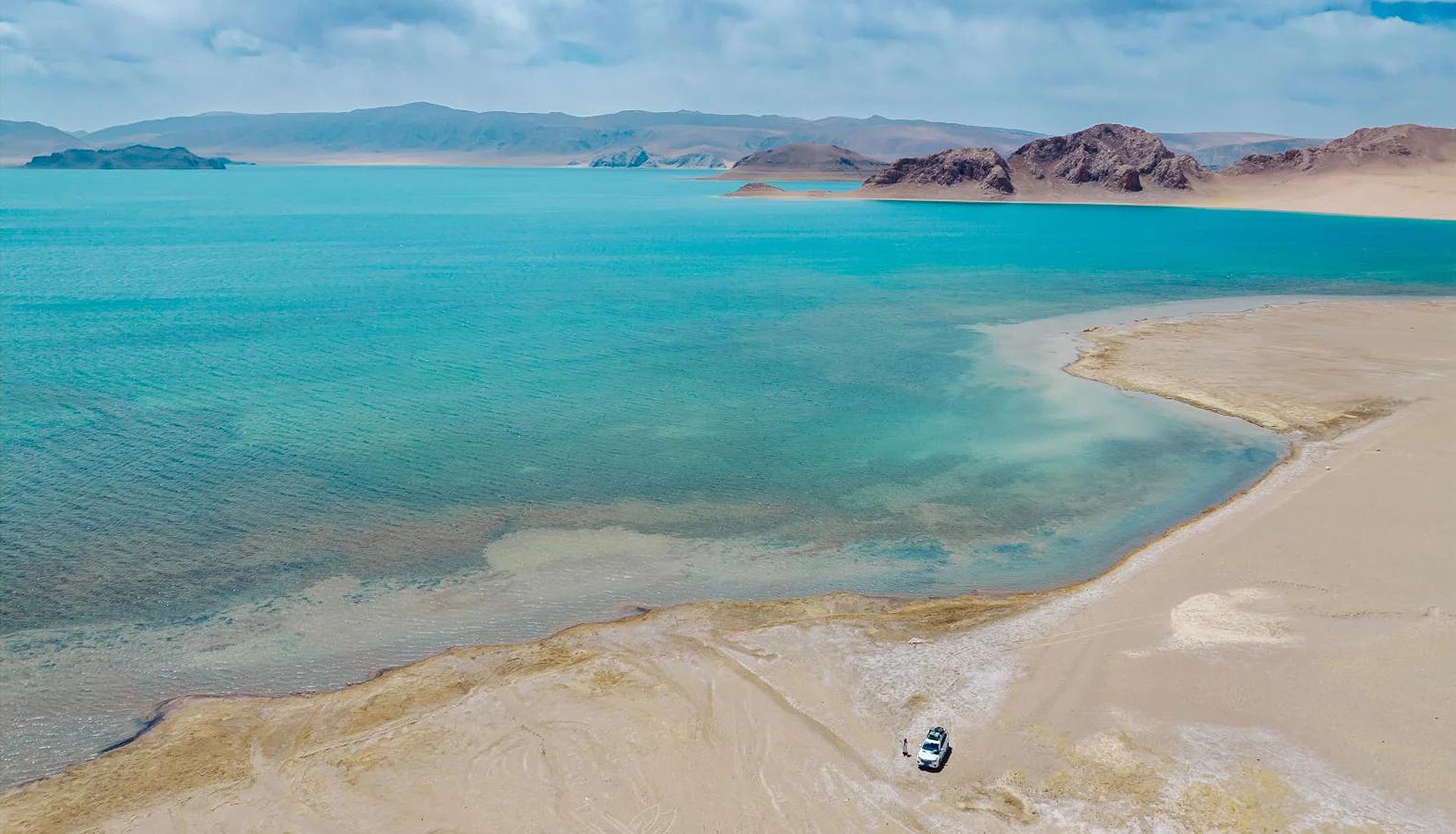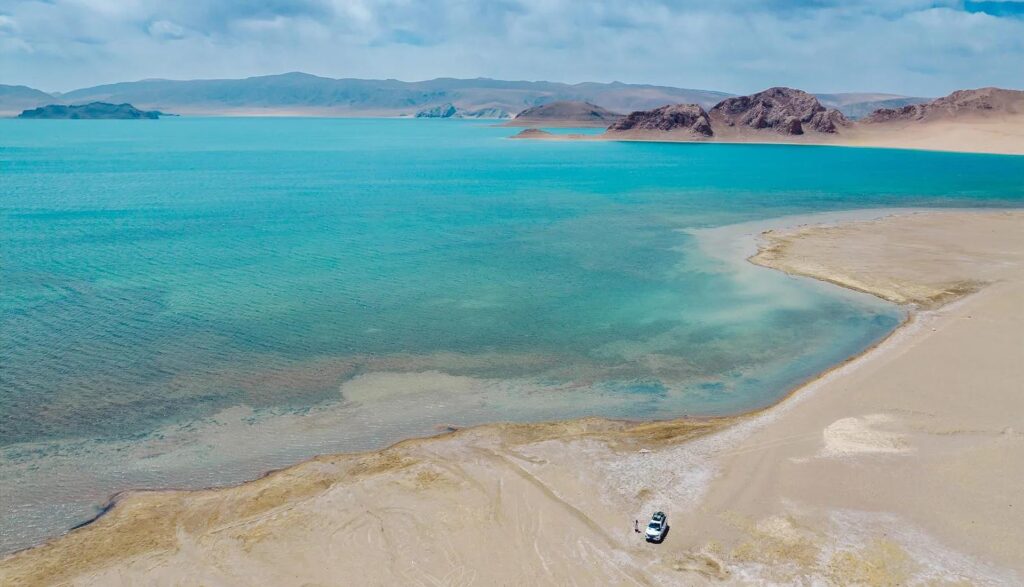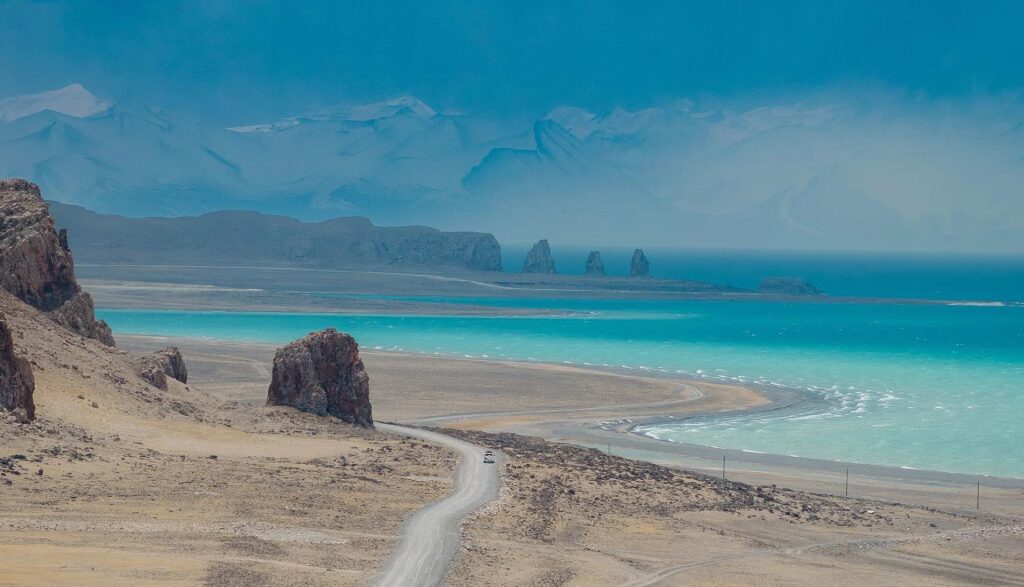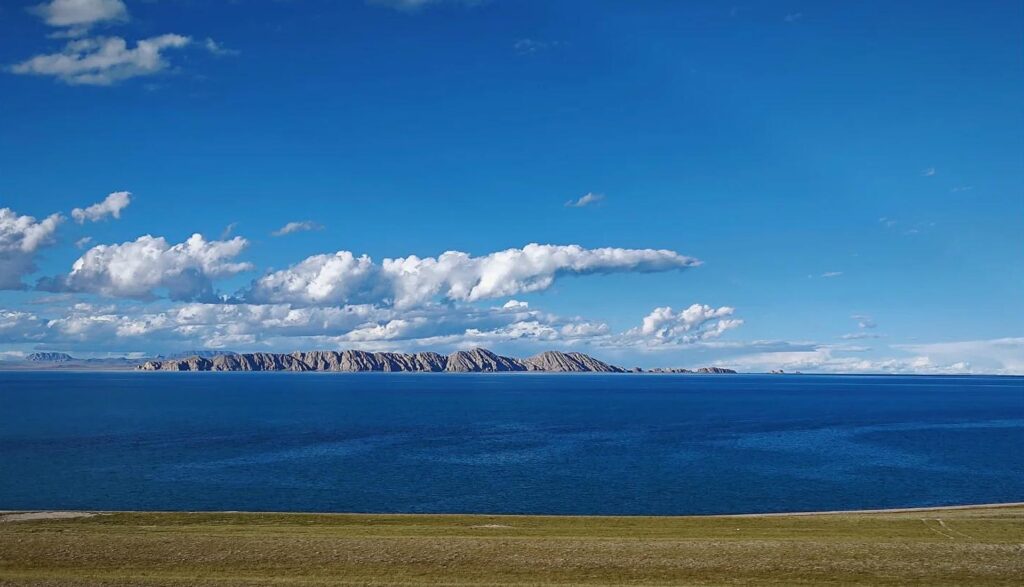Selin Co, located in the Nagqu region of Northern Tibet, is a lake shrouded in mystery. In Tibetan, “Selin Co” means “the demon lake illuminated by dim light.” According to legend, it devours neighboring lakes. In just 40 years, its surface area expanded by nearly 40%, surpassing Lake Namtso to become the largest lake in Tibet. The northern Tibetan plateau is not only a haven for wildlife but also one of the most iconic high-altitude lake regions on Earth. Covering more than 20,000 square kilometers, this area holds a quarter of all lake surface in China, and Tibet’s four largest lakes are all found here.

